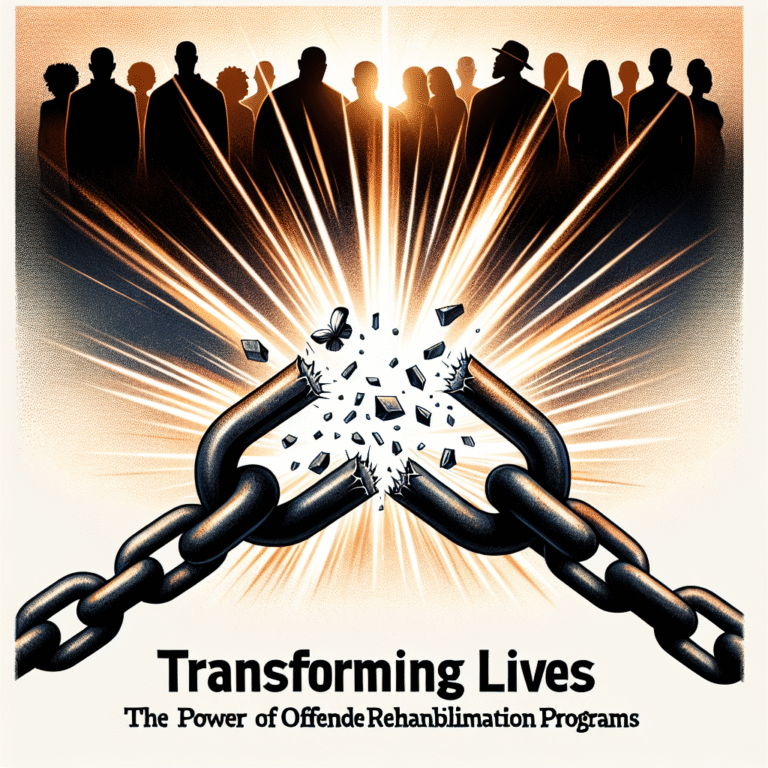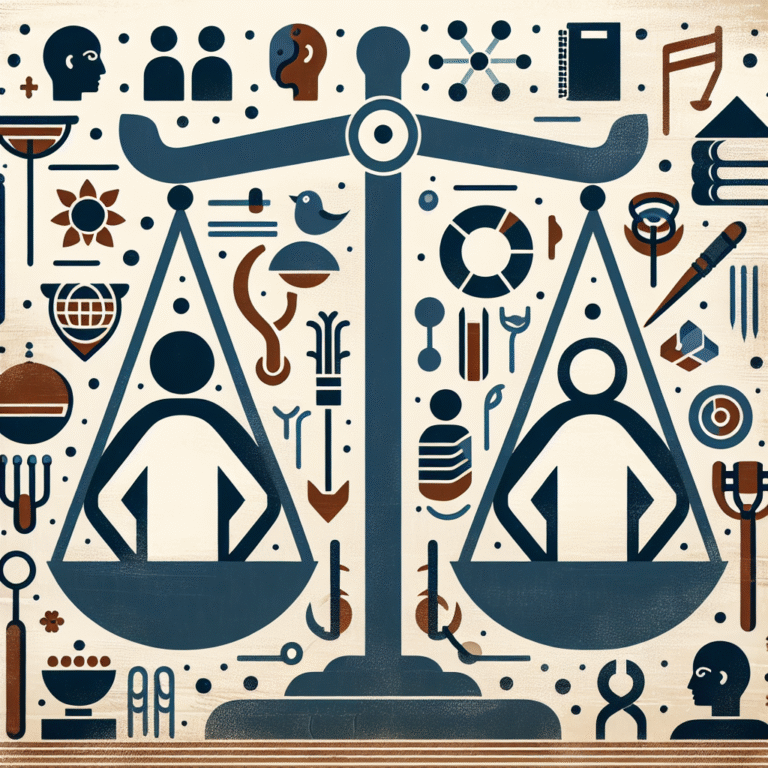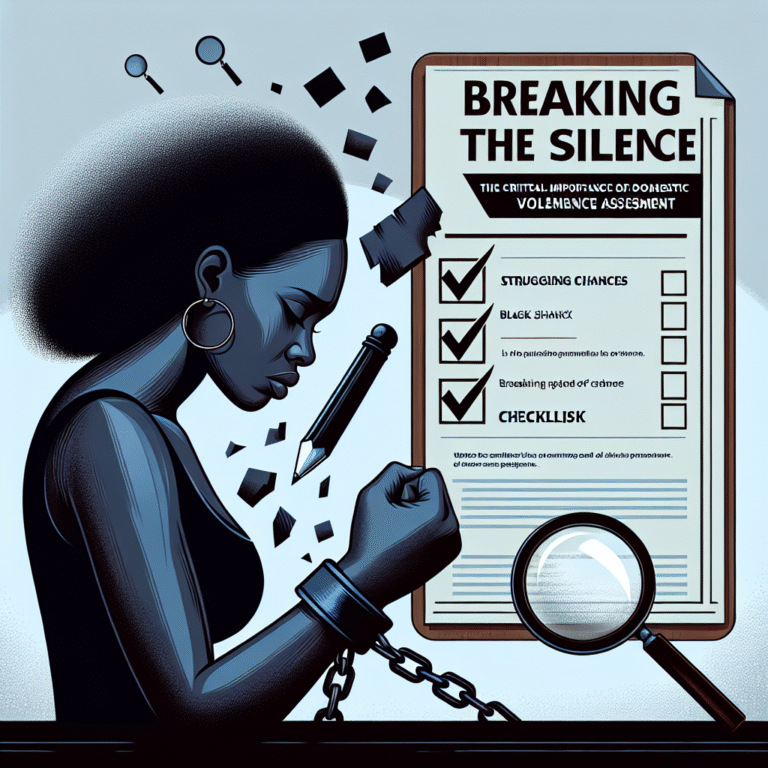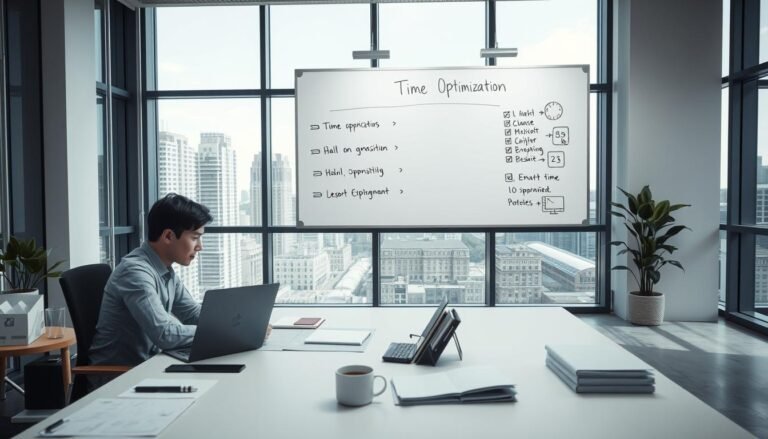
Introduction
In an era where personalization is more valuable than ever, the phrase "Feel free to modify any of them to better fit your needs!" has become a rallying cry for innovators and creators alike. Whether you are designing a project, creating a product, or even crafting a marketing strategy, the ability to tailor options allows for enhanced creativity, efficiency, and focus. But how do you harness this principle effectively? Join me on this journey to unlock the potential of customization—where flexibility meets functionality—and discover compelling case studies, actionable tips, and unique insights.
The Importance of Customization
Why Customization Matters
The modern consumer is inundated with choices. To stand out, brands must resonate with individual preferences. Customizing offers a unique way to engage audiences. When consumers feel that products or services cater specifically to them, their satisfaction—and loyalty—increases exponentially. A Deloitte survey found that 36% of consumers expressed interest in receiving personalized offers. Thus, when you encourage others with, "Feel free to modify any of them to better fit your needs!" you are fostering a culture of creativity, ownership, and engagement.
| Statistic | Percentage |
|---|---|
| Consumers interested in personalized offers | 36% |
| Brands using customization report higher customer loyalty | 68% |
The Psychological Aspect of Customization
Customization taps into psychological theories such as self-identity and autonomy. People are inherently drawn to options that allow them to express who they are. When a product or service allows users the freedom to modify, it not only caters to their needs but also reinforces their identity.
Practical Applications of Customization
Case Study 1: Nike By You
Nike’s custom shoe program, Nike By You, exemplifies successful customization. Here, customers are invited to select colors, materials, and even add personal engravings.
Analysis
By empowering customers to craft their unique footwear, Nike has not only increased sales but also deepened brand loyalty. It’s a clear demonstration of how saying, "Feel free to modify any of them to better fit your needs!" encourages customer engagement and long-term retention.
Case Study 2: Starbucks’ My Starbucks Rewards
Starbucks took note of its loyal clientele and initiated the My Starbucks Rewards program, which allows users to customize their drinks through an app.
Analysis
Customizing beverages has made the coffee-buying experience personal for millions. Users can also redeem points for rewards, enhancing their sense of ownership. This strategy not only builds community but also heightens customer satisfaction.
Case Study 3: Canva
Canva has revolutionized how businesses approach graphic design. Users can alter templates for presentations, social media posts, and more.
Analysis
"You can redesign any template to fit your brand style" is the mantra here. This flexibility has led to Canva’s rapid adoption by millions and the successful establishment of a platform where users feel empowered to craft their designs.
Tips for Implementing Customization
1. Encourage Feedback
Soliciting user feedback is vital. Rather than assuming what your customers want, turn the tables and ask them directly. Surveys and polls can illuminate how to allow users to modify their experiences better.
2. Provide Flexible Options
Offer a broad range of choices without overwhelming users. Striking a balance is critical. Too many options can lead to decision fatigue while offering too few choices can make users feel boxed in.
3. Highlight Modifiable Features
To resonate with customers, outline areas where they can exercise freedom. A clear "Feel free to modify any of them to better fit your needs!" statement can promote engagement.
4. Use Technology Wisely
Harness tools that facilitate customization, like AI and machine learning. These technologies can analyze user behaviors, making tailoring even more straightforward and personalized.
5. Monitor Trends
Stay ahead of customization trends by leveraging analytics to see what users are modifying the most. Continual adaptation based on real-world data can keep your offerings fresh and relevant.
The Role of Technology in Customization
AI and Machine Learning
AI can optimize personalization efforts through data analysis. By understanding consumer behavior, businesses can offer customized recommendations based on previous interactions.
Augmented Reality (AR)
Imagine a platform that allows users to try before they buy—AR can give customers a virtual experience of customized items. Whether it’s a home makeover or trying on clothes, anticipation builds when users are empowered to modify aspects centrally.
| Technology | Application |
|---|---|
| AI | Personalized recommendations |
| AR | Virtual fitting and experience |
Overcoming Challenges in Customization
1. Cost Management
Customization often implies increased costs. Brands must vigilantly manage budgets to avoid excessive expenditures while still offering tailored products. Finding a balance is essential.
2. Supply Chain Complexity
Custom orders can complicate logistics. Businesses must have a streamlined supply chain to handle individual requests without delays.
3. Balancing Personalization and Privacy
With more data collection comes increased responsibility. Brands must navigate consumer privacy concerns while offering tailored experiences, ensuring they build trust alongside personalization.
Conclusion
Embracing the mantra, "Feel free to modify any of them to better fit your needs!" can transform your approach to engaging with customers. Customization isn’t just about offering choices—it’s about empowering individuals, enhancing experiences, and fostering deeper connections.
As we cultivate a culture of flexibility, we open the door to limitless possibilities where satisfaction and loyalty thrive. Remember, every tweak, every unique change brings you one step closer to connecting authentically with your audience.
FAQs
1. How can I start implementing customization in my business?
Begin by gathering feedback from your customers to identify areas for customization. Implement changes gradually, ensuring that each option resonates well.
2. Are there any specific industries where customization is more prevalent?
Customizable solutions are popular in retail, technology, and hospitality, where personalization enhances the customer experience significantly.
3. How can I measure the effectiveness of my customization strategy?
Use key performance indicators (KPIs) such as customer satisfaction rates, repeat purchase rates, and engagement metrics to gauge success.
4. What tools can assist with customization efforts?
Utilize technology like AI-driven analytics software and web design platforms that offer customizable templates. Tools like Shopify or Wix provide options to personalize offerings easily.
5. Can smaller businesses implement customization effectively?
Absolutely! Even small businesses can leverage customization by using innovative tools and leveraging customer feedback for intelligent adaptations.
In embracing customization, you open doors to better relationships and solutions that resonate deeply. So, empower others today: "Feel free to modify any of them to better fit your needs!"

















